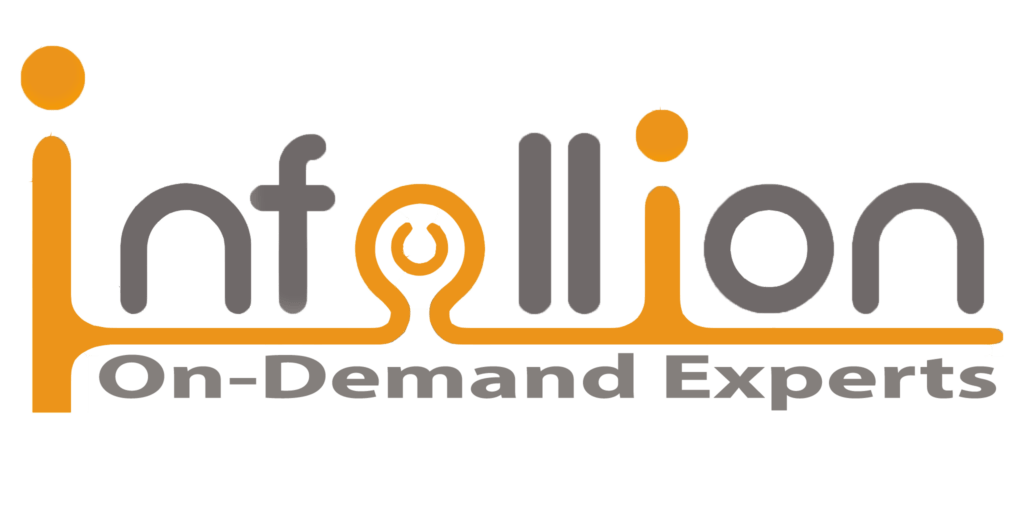Curriculum
- 4 Sections
- 20 Lessons
- 1 Day
Expand all sectionsCollapse all sections
- Health Canada’s Regulatory Framework6
- 1.1Overview of Health Canada and the Therapeutic Products Directorate (TPD)
- 1.2Medical Device Regulations under the Food and Drugs Act
- 1.3Device classification: Class I, II, III, IV (risk-based)
- 1.4Licensing pathways: Medical Device Establishment Licence (MDEL) vs Medical Device Licence (MDL)
- 1.5Conformity to ISO 13485 & MDSAP (Medical Device Single Audit Program)
- 1.6MDEL, MDL, CMDCAS (legacy), Quality Management System (QMS), Guidance Documents, Medical Device Regulations (SOR/98-282)
- Compliance Challenges & Market Entry Dynamics6
- 2.1Licensing timelines & documentation hurdles
- 2.2Role of manufacturers, importers, distributors in Canadian compliance
- 2.3Leveraging foreign certifications (FDA, CE, TGA, MDSAP) for Canadian approvals
- 2.4Post-market surveillance & vigilance reporting obligations
- 2.5Common pitfalls: Incorrect classification submissions, Incomplete safety & effectiveness evidence, Inadequate recall & adverse event procedures
- 2.6Incident Reporting, Recall Strategy, Medical Device Problem (MDP) Reporting, Guidance vs Regulation, Audit Findings
- Industry Experiences in Canadian Market Access5
- 3.1Case Study 1: Smooth licensing of a Class II device with MDSAP certification
- 3.2Case Study 2: Delays due to incomplete evidence for a Class III implantable
- 3.3Case Study 3: Market withdrawal due to post-market vigilance failure
- 3.4What went wrong? How would you mitigate it?
- 3.5Best practices corporates use to avoid costly missteps
- Hands-On Corporate Application3
- 4.1Exercise 1: Mapping the regulatory pathway for a hypothetical Class III device entering Canada
- 4.2Exercise 2: Reviewing a sample MDL application – identifying gaps in documentation and QMS compliance
- 4.3Group Activity: Drafting a compliance roadmap for market entry (classification → licensing → post-market surveillance)
Medical Device Regulations under the Food and Drugs Act
Next

